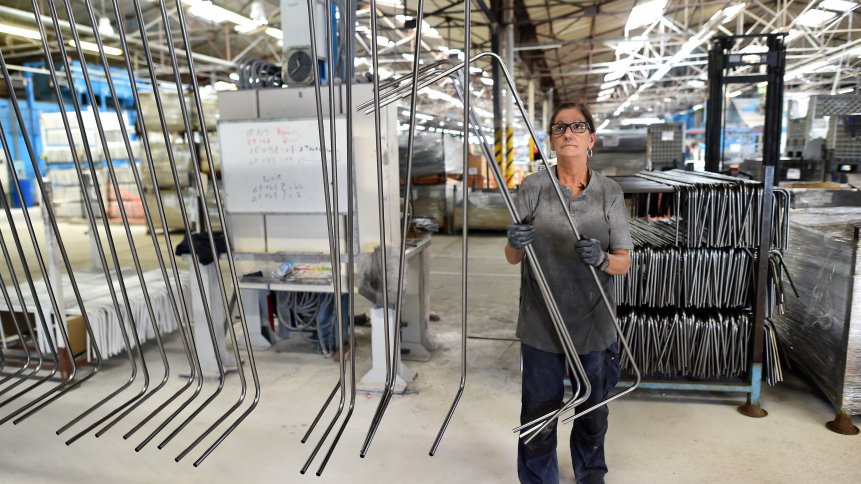Overcoming crisis-time supply chain disruptions with big data

Supply chain management has grown increasingly intricate over the last few years. As the technology became more efficient, the timing and resources allotted to each link in the chain has become more complex, and in many industries the funnel has been abbreviated to cope with sudden fluctuations in demand.
Throw in a major crisis like the current pandemic sweeping the globe, and the resultant chaos across industries can come dangerously close to upsetting the delicate balance of the supply chain mix.
“We’ve never seen anything like this in terms of threats to the supply chains,” Jim Yarbrough, global intelligence program manager for the British Standards Institution, commented. “Problems vary depending on the business. In the earlier weeks it was along the lines of which factories are open and available, mostly in China and neighboring countries.”
Such disruptions can reverberate all along the chain, from the suppliers of raw materials to assembly to warehousing. One of the most common breakdowns occurs because companies have gotten into the habit of ordering just enough raw resources or component parts to last for a specific, and sometimes short, time span.
Companies have adopted this as a common practice to reduce the costly need to store a large supply in their inventories, but it can easily lead to a shortage of stock when a crisis interferes with their tight resupplying schedules. And this is where data analytics can assist to fill the gap.
According to McKinsey, both real-time quantitative data and predictive qualitative data can help to improve decision-making for pretty much all activities associated up and down the supply chain. Big data analytics does two things: firstly, it supplies additional informatics beyond the internal data sets stored in the enterprise management system; secondly, it applies powerful statistical methodologies to deriving longer-term insights from both existing and new sources of data.
These insights will help inform strategic decisions moving forward, such as predicting how much inventory should be ordered to circumnavigate a similar-sized crisis in the future. This data can be so powerful that it can even calculate models for shorter or longer periods of disruptions. And this is just a single application of the analytics.
The novel coronavirus pandemic has seen an urgent diversion of resources from less essential industries towards more pressing ones, like those dealing directly in the manufacturing of medical gear and other necessities. David Cahn, the global marketing director for manufacturing digital supply network Elemica, explained this is causing unforeseen demand reduction in some sectors, while causing demand jumps in others. “We’re seeing spikes in certain products and chemicals that are going into protective masks and equipment.”
This sort of new pattern that’s emerging can be predicted, and then planned for in the future. As supply chain big data evolves to such a point that consumer behavior, usage patterns, enhanced inventory management and the ability to trace a product along its distribution cycle can be studied, the findings are then applied to improve performance in upcoming cycles.
Another crisis lesson learnt is that when demand for a previous product dries up, opportunities to supply alternative in-demand products will arise– and data analytics can help to not only identify the type of products, but also predict the quantities needed, and more.
“Shortages are the signs and symptoms of a stressed supply chain,” says Alan Jacobson, chief data and analytics officer at Alteryx, who recommends harnessing analytics to estimate the demand end of the supply chain. “You might be able to make a different product if the facility that makes the supply might be shut down.”
For example, predictive analytics might have enabled some manufacturing companies to get the jump on the shortages of toilet paper and hand sanitizer leaving shelves empty. However, the shortages not yet anticipated in completely unexpected sectors, too obtuse for people to make an obvious connection with healthcare, is where data could assist in spotting.
In times of crisis, leveraging real-time and predictive data sets can provide a broader, holistic view of the supply chain landscape. Tapping into analytics can enable businesses to be more effective in addressing future disruptions, which could mean the difference in surviving a chaotic crisis.










